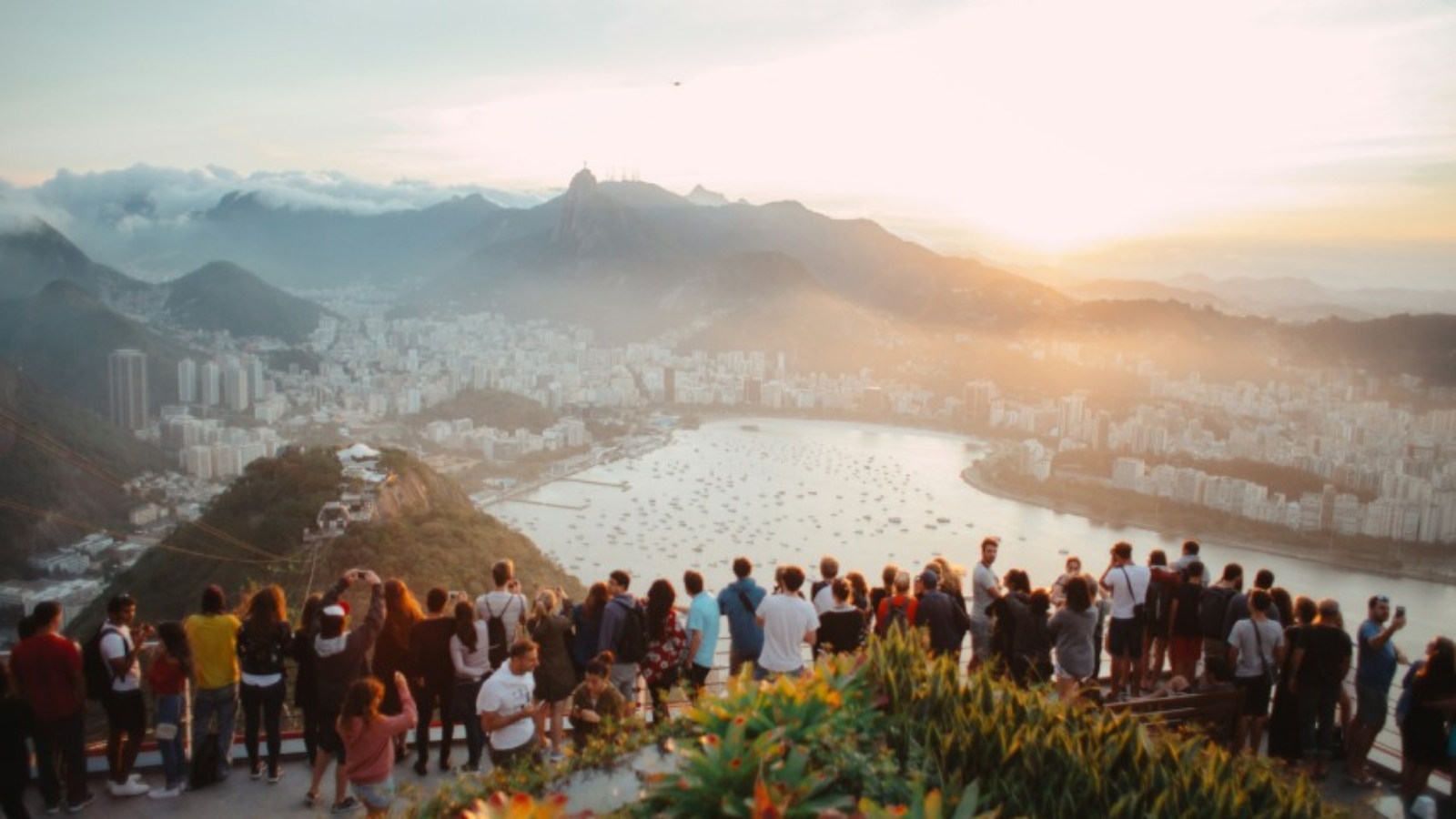In recent years, countries across Southern Europe—from Italy and Spain to Greece, Portugal, and Croatia—have witnessed a dramatic rise in tourist arrivals. While tourism remains a vital part of the regional economy, the surge in visitors has sparked growing concerns over overtourism, a phenomenon where the number of tourists exceeds what local infrastructure, communities, and ecosystems can comfortably sustain.
The Mediterranean Magnet
Southern Europe’s appeal is undeniable: picturesque coastlines, historic cities, world-famous cuisine, and a warm climate make it a natural magnet for travelers. The proliferation of budget airlines, cruise ships, and short-term rental platforms like Airbnb has made it easier and cheaper than ever to visit cities like Barcelona, Dubrovnik, Santorini, or Venice.
But this rapid accessibility has come at a cost.
Consequences of Overtourism
- Strain on Local Infrastructure: Narrow streets and limited public services in many historic towns cannot handle the volume of daily visitors, especially in high season. Roads clog, trash accumulates, and water or energy demands spike.
- Rising Costs for Locals: Housing prices in popular tourist areas have soared, pushing residents out of their neighborhoods and replacing long-term homes with vacation rentals.
- Environmental Degradation: Natural sites—such as beaches, hiking trails, and marine ecosystems—are being damaged by overuse, pollution, and poor visitor management.
- Cultural Erosion: In some places, the sheer number of tourists changes the character of the destination. Shops and restaurants cater more to visitors than to locals, and traditional customs or crafts may be diluted or commercialized.
The Case of Greece
In Greece, islands like Santorini and Mykonos have become iconic symbols of overtourism. During peak summer months, daily cruise arrivals can flood small villages with thousands of visitors, overwhelming local services. Meanwhile, Athens, while benefiting from increased arrivals, has also seen the challenges of gentrification and congestion in neighborhoods like Plaka and Koukaki.
Searching for Solutions
Governments, municipalities, and tourism boards across Southern Europe are starting to act:
- Visitor Caps and Quotas: Cities like Dubrovnik and Venice have begun limiting cruise ship arrivals and introducing entrance fees or booking systems for high-traffic zones.
- Smart Tourism Management: Data analytics and real-time tracking help authorities manage flows and spread visitors more evenly across time and geography.
- Promoting Off-Season and Alternative Destinations: Campaigns now encourage travelers to explore lesser-known regions or to visit during spring or fall, reducing pressure during peak months.
- Community Involvement: Some initiatives empower local communities to shape tourism policies and benefit directly from tourism revenues.
Rethinking Tourism’s Role
Overtourism is not simply about “too many tourists”—it’s about the mismanagement of tourism. When handled responsibly, tourism can bring jobs, investment, and cross-cultural connection. But without thoughtful planning, it risks turning vibrant destinations into overcrowded, unsustainable theme parks.
For Southern Europe, the challenge is clear: to balance economic opportunity with environmental care and social wellbeing. It’s not about limiting tourism—it’s about reshaping it for the long term.


